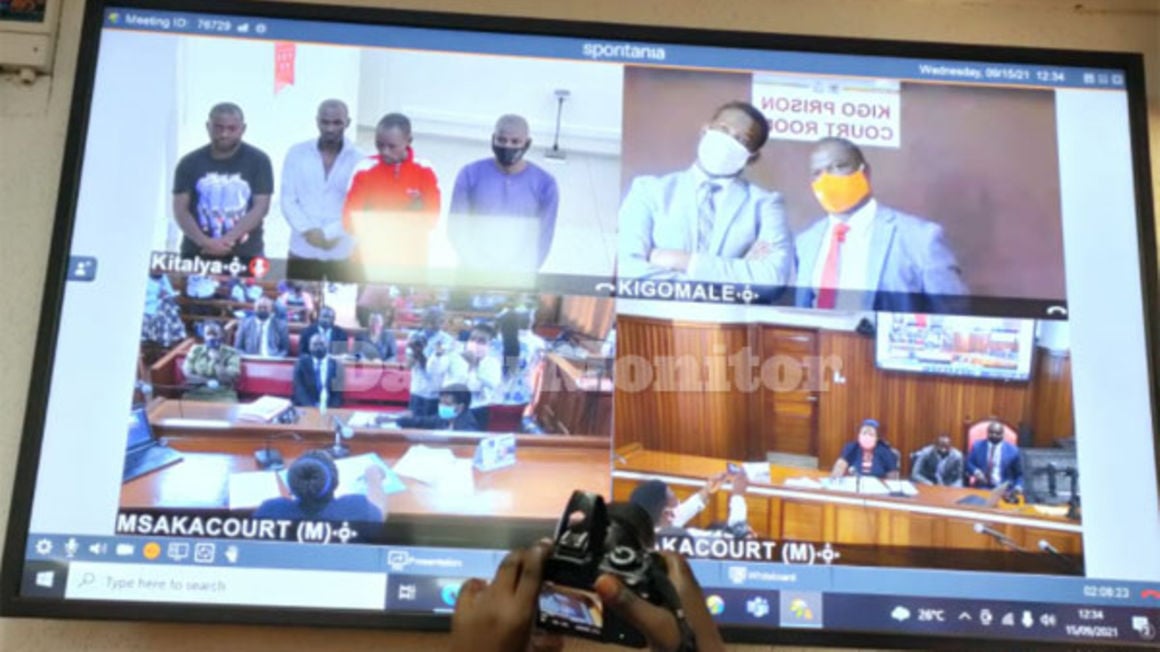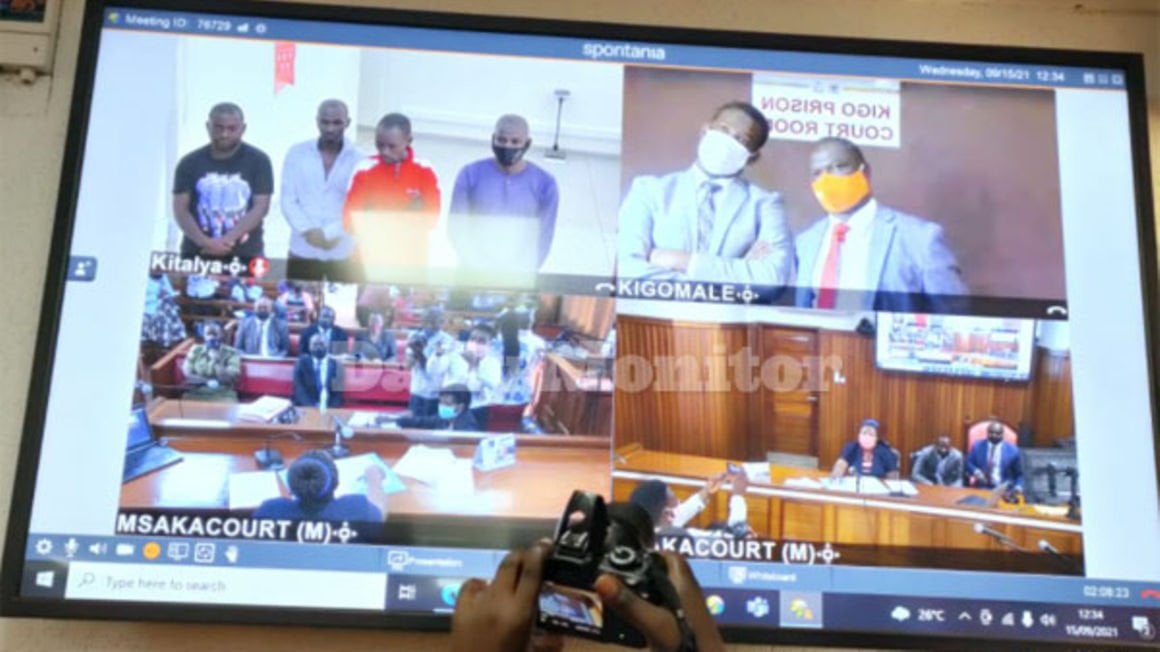Implications of digitization of the courtroom

Joel Osekeny
What you need to know:
- AI, and particularly the digitalization of legal practice has the impact to save the client costs, time, facilitate greater productivity and efficiency, and lets lawyers offer trust, diligence and good judgement.
On March 1 2022, the Judiciary rolled out the Electronic Court Case Management Information System (ECCMIS) described as “a fully – featured system that automates and tracks all aspects of a case life cycle from initial filing through disposition and appeal…”. It is being piloted in the Supreme Court, Court of Appeal, High Court (Land, Civil, Commercial and Anti – Corruption Divisions) and Chief Magistrate Court, Mengo.
ECCMIS allows e-filing of court processes, e-payment of fees, mobile access, e-case management and notifications for front-end users. It allows the direct involvement of people in the judicial processes in line with constitutional provisions that judicial power belongs to the people; people should participate in the administration of justice or fundamentally; that all power belongs to the people.
It is a revolution that overhauls traditional systems of third worlds. Since the launch, court registries only accept physical files. The roll out has become rather unconventional with concerns about how long it will pilot, the fate of the physical files, how service will be done, use of digital signatures, scanning, training of users and the enforcement of rules of procedure.
ECCMIS is precedent on a number of laws passed over the years such as the Electronic Transactions Act, the Electronic Signatures Act, the Judicature (Visual – Audio Link) Rules and the Constitution (Integration of ICT into the Adjudication Processes for Courts of Judicature) (Practice Directions) and the Data Protection and Privacy Act. The National Development Plan also plays a part as it presents objectives like the reduction of case backlog and strengthening of people centered delivery of justice. These form the basis for the growing adoption of electronic evidence, digital service, and use of zoom in courts.
The digitalization of the court room through ECCMIS is evidently grounded in Artificial Intelligence (AI) which constitutes the Fourth Industrial Revolution (Robotics, AI, the Internet of Things (IoT), Fifth Generation Wireless Technologies, 3D printing, Fully Automated Vehicles). AI allows for the use of computers to perform capabilities of the human mind, and the signs are evidence in our everyday lives and in the legal profession. Common uses of AI include suggestive messages, Android Assistant, Siri, Aida, Tesla cars, and Google (Lens, Translate, Tensor Flow in Ghana).
Herbert Freehills argues that if clients are disrupted by technology, the legal profession needs to be at the same cutting edge by being innovative, progressive and investing in new technologies. AI is being applied to offer solutions in document automation, e-discovery, legal research, predicting the outcome of a court case, contract analysis and due diligence.
ECMIS facilitates interconnectedness and access to the justice system at one’s convenience. It is a component of the IoTs and also provides a foundation for the adoption of IA in the justice sector and encourages innovation through partnerships.
The reality of ECCMIS is that the role of clerks and young lawyers is put to the test. Research shows that technology will co-exist with humans, and because of the limits that computers have, of relevance will be experience, soft skills, human judgment.
AI, and particularly the digitalization of legal practice has the impact to save the client costs, time, facilitate greater productivity and efficiency, and lets lawyers offer trust, diligence and good judgement.
Perhaps this article should end with an introspective statement by Paul Rawlinson:-“The market will kill those who do not adapt. They are the ones who should be scared of machines….”
Joel Osekeny, Associate, AB & David Uganda. Intellectual Property, Telecoms & Technology, Trade & SME’s, Government Business and Regulation




